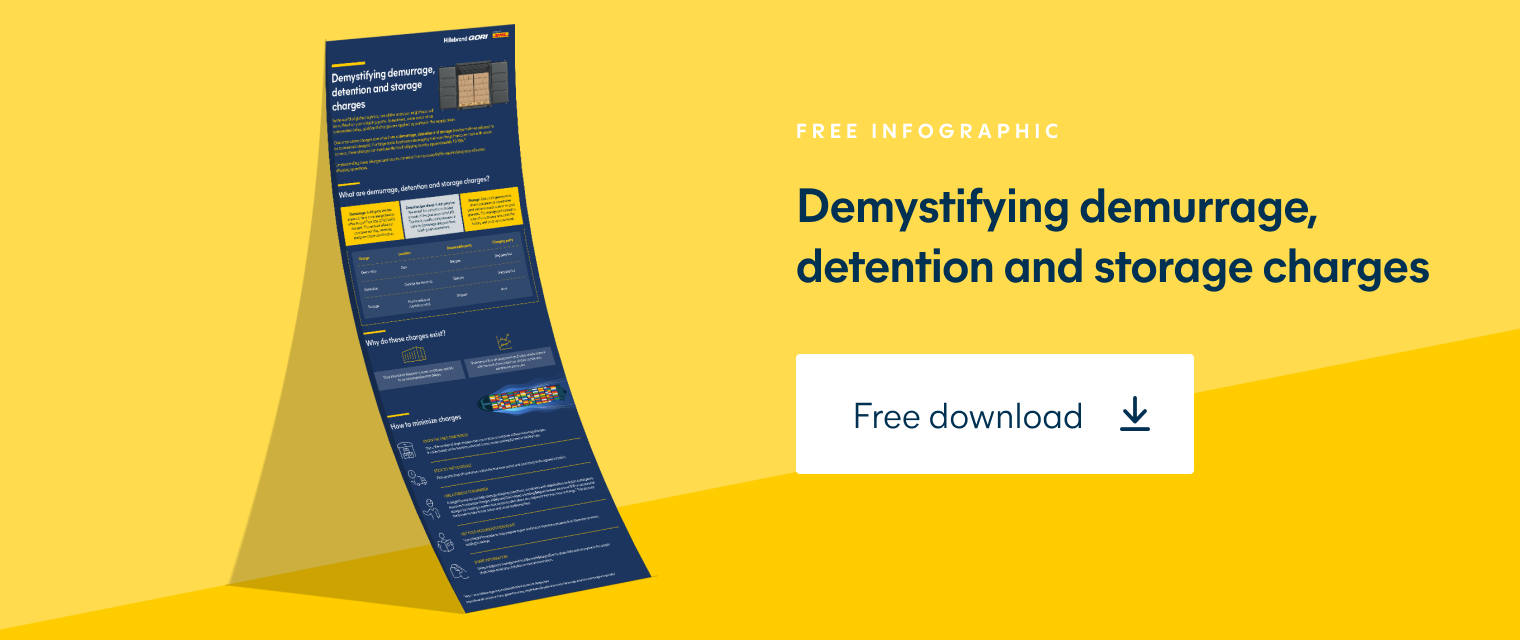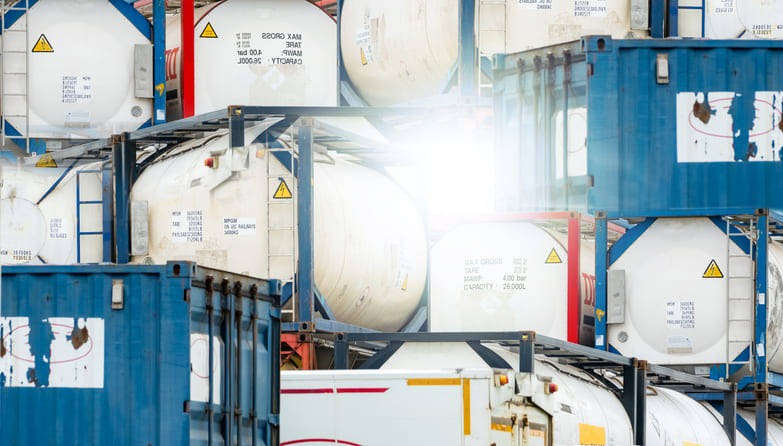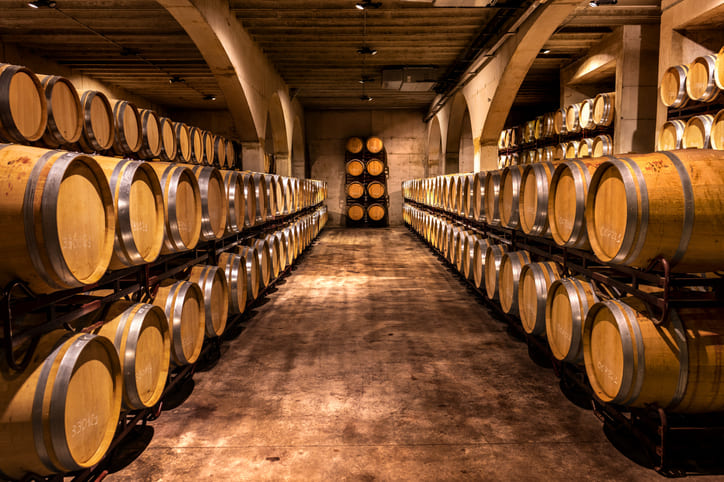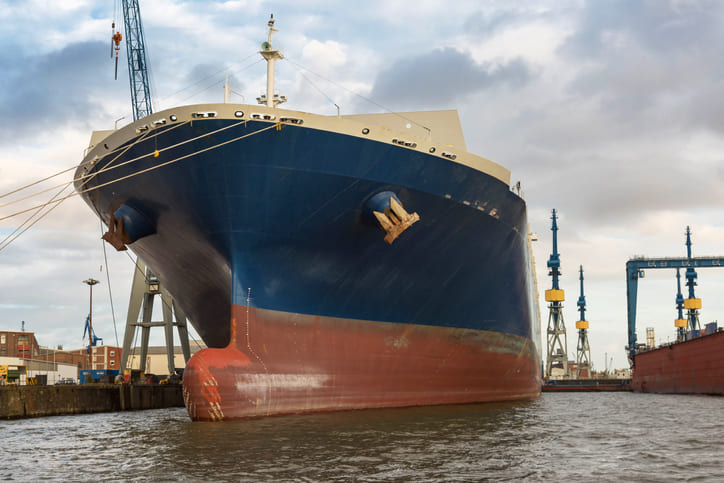What is duty drawback in the wine, beer, and spirits industry?
Table of contents
- What is duty drawback in simple terms?
- What is the purpose of duty drawback?
- How the duty drawback process works
- Who can make a duty drawback?
- When is a duty drawback made in the wine shipping process?
- How long does the duty drawback process take?
- What is a duty drawback fee?
- What is excise duty?
- How much of a bottle of wine is duty?
- Duty drawback is different in every country
- The case-by-case nature of duty drawback
- Leave Duty Drawback to Hillebrand Gori
In the dynamic world of international trade, the complexities surrounding duties, tariffs, and taxes can be overwhelming for importers. Duty drawback presents a significant financial benefit for wine, beer, and spirits importers, allowing them to recover a portion of the costs incurred in importing goods. However, the process is intricate and demands a thorough understanding of the regulations and requirements to avoid complications.
What is duty drawback in simple terms?
Duty drawback, in simple terms, is a refund or waiver of customs duties and taxes paid on imported goods that are subsequently exported. It is a mechanism aimed at promoting exports by providing financial relief to businesses involved in international trade. This process allows importers to recover a portion or the entire amount of duties and taxes paid when the goods are exported.
What is the purpose of duty drawback?
The rationale behind customs duty refunds lies in situations where imported products are not consumed within the importing country. Instead, they are utilized to enhance domestically manufactured goods or incorporated into such products, which are subsequently exported. Duty drawback serves as a governmental incentive to promote the growth of manufacturing industries. Both manufacturing and export activities contribute to revenue generation for the government.
How the duty drawback process works
The duty drawback process involves several key steps:
- Importation: Goods are imported into the country, and duties are paid.
- Exportation: The same goods are subsequently exported.
- Documentation: Comprehensive documentation is prepared to support the duty drawback claim.
- Claim Submission: The importer or authorized agent submits the duty drawback claim to the relevant customs authorities.
- Review and Approval: Customs authorities review the claim and, if satisfied, approve the duty drawback.
- Refund: Upon approval, the importer receives a refund of the duties paid.
The exact order of the duty drawback process will be different depending on the country. For example, in the United Kingdom, duty drawback documentation must be collected, submitted, and approved before goods are exported as outlined in Excise Notice 207.
Who can make a duty drawback?
Typically, duty drawback claims can be made by the original importer, exporter, or an authorized agent acting on behalf of the importer. The choice of the claiming entity depends on the specific circumstances and agreements between the parties involved.
To be eligible for duty drawback, importers must meet certain requirements. These may include providing evidence of the importation and subsequent exportation of the goods, as well as complying with specific timelines for filing claims.
When is a duty drawback made in the wine shipping process?
Duty drawback in the wine, beer, and spirits shipping process occurs when the imported alcohol is subsequently exported. Importers must carefully navigate the logistics and documentation to ensure a seamless transition from importation to exportation.
How long does the duty drawback process take?
The duration of the duty drawback process can vary, depending on the efficiency of the customs authorities and the completeness of the documentation submitted. Importers should be prepared for a potentially lengthy process and plan accordingly.
What is a duty drawback fee?
A duty drawback fee refers to the cost associated with applying for and processing the duty drawback claim. While the specifics of these fees may vary, they are typically a small percentage of the total duty drawback amount sought.
What is excise duty?
Excise duty is a type of tax levied on specific goods, such as alcohol, tobacco, and fuel, produced or consumed within a country. In the context of alcoholic beverages, excise duty is a significant component of the overall cost structure.
How much of a bottle of wine is duty?
The duty on a bottle of wine varies by country and is often calculated based on factors such as alcohol content and volume. Importers should be aware of the applicable duty rates in the destination country to accurately assess their cost structures.
Taking into account packaging costs, logistics, value-added tax (VAT), overall margins, and excise duty, premium products typically offer significantly greater value for your money. In the U.K., for instance, there is a fixed excise duty of £2.23 per bottle of wine. Investing in higher-priced bottles not only ensures better quality but also results in an exponentially increased value as the bottle price rises.
Duty drawback is different in every country
While the fundamental principles of duty drawback remain consistent, the specific regulations and procedures can vary from country to country. In the U.K., duty drawback is governed by HM Revenue and Customs (HMRC). Importers need to carefully follow the prescribed steps to ensure compliance with HMRC regulations.
In Australia, the Australian Customs and Border Protection Service manages the process, allowing importers to claim a refund on duties and taxes paid on alcohol products upon exportation. The duty drawback process in Australia requires meticulous documentation to substantiate the claim.
When you export products to the United States, for which you intend to file a duty drawback, you will first need to file a Notice of Intent to Export for Duty Drawback to U.S. Customs. If you export wine produced in the U.S. with the same HTS and similar value as the wine you import, then you are eligible for duty and tax drawback. This is called substitution drawback.
Having a trusted logistics company helps immensely when navigating international regulations. A freight forwarder like Hillebrand Gori can complete the required forms and request the documentation needed on behalf of the client.
The case-by-case nature of duty drawback
Duty drawback is a case-by-case process, and there is no one-size-fits-all approach. Attempting to navigate the complexities without a thorough understanding of the specific regulations and requirements can lead to severe repercussions, including the denial of duty repayment by customs authorities. Consequently, importers specializing in wine, beer, and spirits must approach duty drawbacks with caution, seeking expert advice and assistance when needed.
Leave duty drawback to Hillebrand Gori
Duty drawback is a valuable tool for wine, beer, and spirits importers seeking financial relief in the competitive world of international trade. The process requires careful consideration, adherence to regulations, and meticulous documentation.
As a logistics company specializing in alcoholic beverages, Hillebrand Gori understands the nuances of duty drawbacks and the specific regulations in each country. By working with a trusted freight forwarder like Hillberand Gori, importers can unlock the benefits of duty drawback while avoiding potential pitfalls in the complex landscape of customs duties and taxes.
Hillebrand Gori goes beyond handling logistics by offering real-time global tracking through the myHillebrandgori app, which also allows you to manage orders in real time. Contact us today for a quote on our wine, beer, and spirits shipping services.
Published 14th February 2024
No, duty drawbacks are not classified as subsidies according to the World Trade Organization (WTO). The WTO defines a subsidy as a financial contribution from a government or public body to benefit a business or industry.
While a drawback is technically a refund of duties, the word “refund” is typically reserved for duties that were wrongfully imposed in the first place.
It depends on the country paying the drawback. In the U.S., a drawback claim must be filed within three years of the exportation of the goods. The drawback must then be paid within three months after the file was claimed.
What is the minimum amount for duty drawback? For example, in the U.K., the minimum amount of duty drawback you can claim is £500.
How can we help your business grow?





